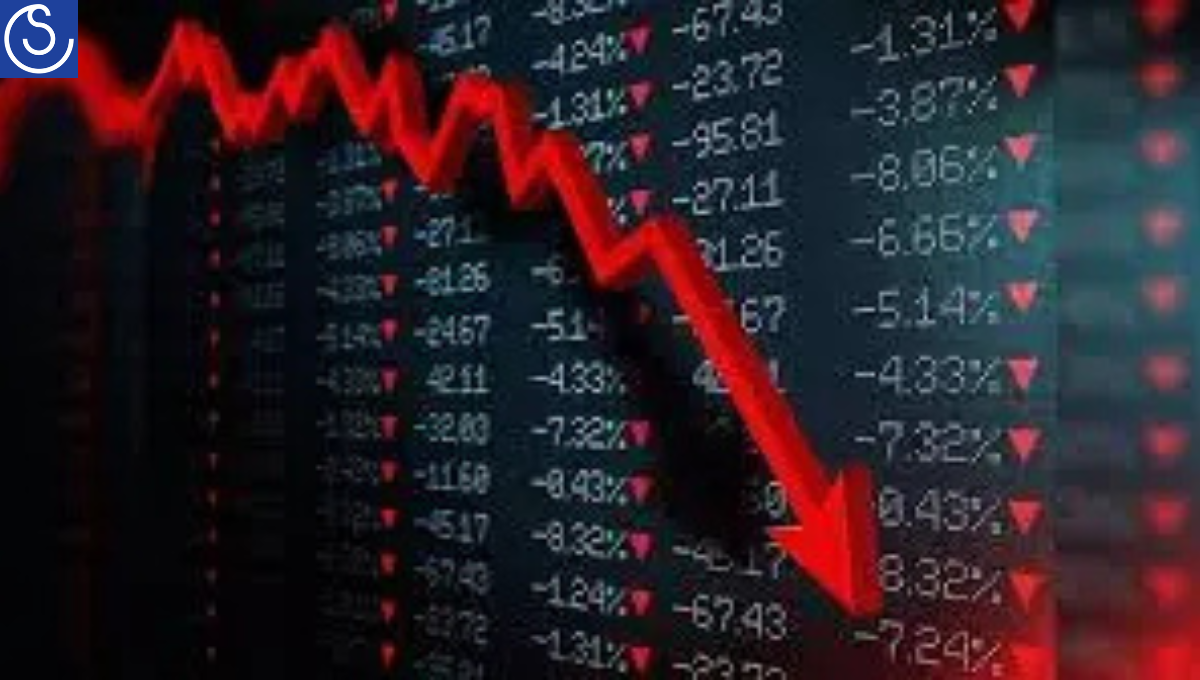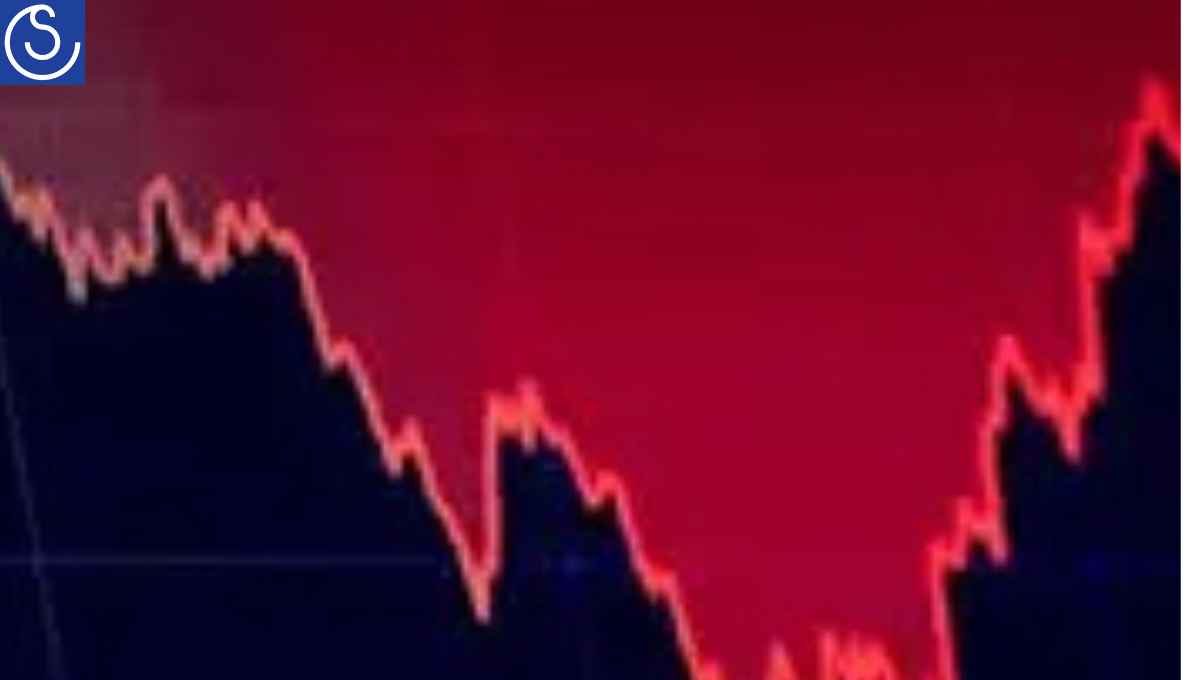Today’s Indian stock market: Saw the Nifty 50 close 662 points, and 2.68 percent, lower at 24,055.60, and the Indian stock market Sensex conclude 2,223 points, and 2.74 percent, lower at 78,759.40. The BSE Smallcap index dropped 4.21 percent, while the BSE Midcap index dropped 3.60 percent.
Market conditions today: As anxiety among investors grew due to increasing worries about the US recession and increasing conflicts in the Middle East, the leading indicators of the Indian stock market, the Indian stock market Sensex & the Nifty 50, fell more than 3% intraday on Monday, August 5. This pattern repeated globally.

The Sensex Indian stock market was severely damaged by an all-around selloff. In contrast to its previous closing of 80,981.95, the Indian stock market Sensex began at 78,588.19 and fell 3.3% to 78,295.86. In contrast, the Nifty 50 commenced trading at 24,302.85, down 3.3% from its previous session’s high of 24,717.70, to reach 23,893.70.
At 12:25 p.m., the Nifty 50 was dropped 2.81 percent at 24,024.20, and the BSE Sensex was up 2.87 percent at 78,661.08 points.

The whole Indian stock market capitalization of the companies listed on the BSE fell to almost ₹440 lakh crores from nearly ₹457 lakh billion in the previous trading day, making investors drop about ₹17 lakh crore in a session. At that point, the BSE Midcap & Smallcap indexes were down 4% apiece.
As bears look at the market with a concoction of bad news, the world market is in shambles. The first spark was the worry that Japan’s interest rate hike would result in a reverse currency carry trade. This was made harder by worries of a US economic downturn following extremely low jobless amounts, which damaged the confidence of investors. In addition to the slowdowns that China and Europe have begun to experience, mounting tensions around the globe are further pressuring the markets.
The Indian stock market appears to have suffered an important blow due to the following five major factors:
US Recession fears:
Investors’ appetite for risk has been seriously shaken by worries about an approaching US recession after July payroll statistics released last Friday revealed that the country’s jobless rate increased to almost the highest level in three years of 4.3% last month from 4.1% in June. Unemployment rates increased for the fourth month in a row in July.
Common expectations of a gentle landing for the US economic have been the primary driver of the global stock market rise. The decrease in US job creation in July and the significant increase in the US unemployment rate to 4.3% have put this projection in jeopardy, according to V K Vijayakumar, Chief Investment Strategist at Geojit Financial Services.
A report from Bloomberg states that Goldman Sachs analysts have raised the possibility of a US recession in the upcoming year from 15% to 25%. Experts predict a high likelihood of rate reduction by the US Fed this year despite worries about a recession. According to some, the Fed may lower rates in September, November, and December of this year by a total of 100 basis points. Experts at JPMorgan predict two rate decreases in November and September, each of fifty base points.
Stretched valuation:
Experts claim that the current value of the Indian stock market is excessive and that a healthy corrections is due soon.
Due mostly to continuous liquidity flows, valuations in India are still high, particularly in mid- and small-cap stocks. The inflated market segments—such as railroads and defense—are undoubtedly going to face pressure. The buy-on-dips approach, which has been successful during this bull market, may be under threat right now. There’s no reason for investors to jump into this correction.
Unimpressive Q1 results:
The June quarter (Q1FY25) results from India Inc. were uneven and failed to improve investor mood. Experts worry that earnings might not be sufficient to support the current high market valuation.
Although analysts see some deceleration in the results of some industries, which may have caused a small profit booking in the stock market, the recent surge has been bolstered by rising earnings.
Growing hostilities within the Middle East:
Iran has reportedly committed to exact retribution on Israel for killing Ismail Haniyeh, the political commander of Hamas. While in Iran to witness the swearing- in of Masoud Pezeshkian, the recently elected Iranian president, Haniyeh was assassinated.
Fears of an impending war have increased due to both sides’ aggressive behavior and growing threats, as Mint has reported. In reaction to the worsening circumstances, the US has stepped up its armed forces in the area.
Technical factor: 20-DMA is below the Nifty 50.
The 20-day moving average was broken by the Nifty 50, indicating a shaky state of the market. The 50-DMA, or roughly 23900, is the next support level for Nifty, which is at its support at The spending plan was day low of 24075. The main support is located at the 23300 level above this. 24800–25000 will continue to be an important support zone on the upward, according to Meena of Swastika Investmart.
In the event that the market closes above 24,400, some analysts think it might recover. But when the index closes below 24,000, there may be a more significant decline.
Read more:
Amid market problems, LVS stock reaches a 52-week drop of $37.69
